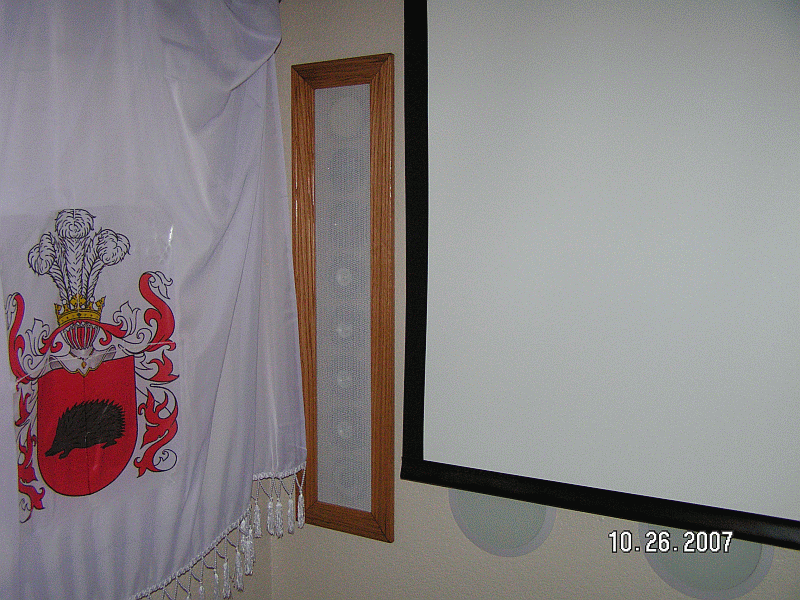Viitalahde
Well-known member
As a part of my active 3-way speaker project, I'm searching for ideas in DC protection of the speaker drivers. This includes the basic ON/OFF thump muting and also amplifier malfunction DC detection.
http://sound.westhost.com/project33.htm
So far this is the best one I've found. It does have a few shortcomings though..
1) It does not latch. I think the amplifier should go into steady "error" state when DC is detected at amplifier outputs, and this should only be reseted with shutdown. In case something fluctuated at the outputs, the relays would be tripping back & forth, giving a low-frequency square wave @ +/-45v to tweeter.. Doesn't sound quite right to me.
2) It relies on voltages from amplifier rails. Not that a big of a deal, but just in rare case the rails start acting funny, I think it'd be good to have the protection circuit on a small, reliable power supply.
I've been thinking all day of better methods.
One idea for "The Brain" was to make a bistable multivibrator out of an OR gate by having a feedback to one of its inputs.
http://www.allaboutcircuits.com/vol_4/chpt_10/1.html
If this input was grounded with 10k resistor, I was hoping it'd give a steady "0" until "1" is seen at the other input (from the DC detection circuit). This could be a pretty steady latch, but the power-up was my concern. I want zero to begin with.
The other idea was to have a mechanical latch out of an additional relay that, when activated, shorts the driver transistors of the protection transistors and puts the whole relay bank in a sort of a feed-back that keeps the relays in safe position.
This circuit from DiyAudio.com does something like this (RL3 center down) http://img.photobucket.com/albums/v240/virtalahde/dc_protect_in_rush_fab.jpg
..But I don't get the detection circuit. How is it supposed to detect negative voltages?
Haelp!
http://sound.westhost.com/project33.htm
So far this is the best one I've found. It does have a few shortcomings though..
1) It does not latch. I think the amplifier should go into steady "error" state when DC is detected at amplifier outputs, and this should only be reseted with shutdown. In case something fluctuated at the outputs, the relays would be tripping back & forth, giving a low-frequency square wave @ +/-45v to tweeter.. Doesn't sound quite right to me.
2) It relies on voltages from amplifier rails. Not that a big of a deal, but just in rare case the rails start acting funny, I think it'd be good to have the protection circuit on a small, reliable power supply.
I've been thinking all day of better methods.
One idea for "The Brain" was to make a bistable multivibrator out of an OR gate by having a feedback to one of its inputs.
http://www.allaboutcircuits.com/vol_4/chpt_10/1.html
If this input was grounded with 10k resistor, I was hoping it'd give a steady "0" until "1" is seen at the other input (from the DC detection circuit). This could be a pretty steady latch, but the power-up was my concern. I want zero to begin with.
The other idea was to have a mechanical latch out of an additional relay that, when activated, shorts the driver transistors of the protection transistors and puts the whole relay bank in a sort of a feed-back that keeps the relays in safe position.
This circuit from DiyAudio.com does something like this (RL3 center down) http://img.photobucket.com/albums/v240/virtalahde/dc_protect_in_rush_fab.jpg
..But I don't get the detection circuit. How is it supposed to detect negative voltages?
Haelp!



